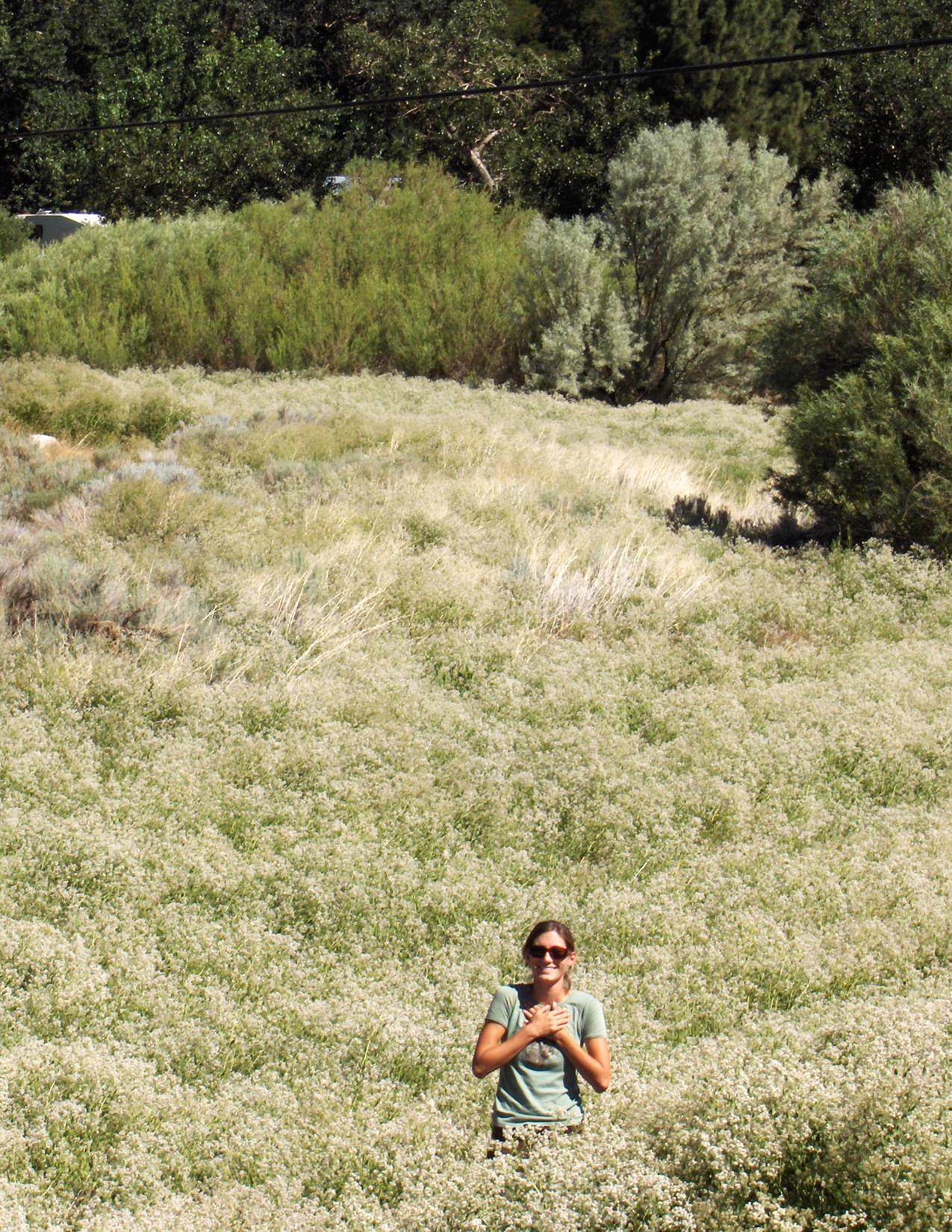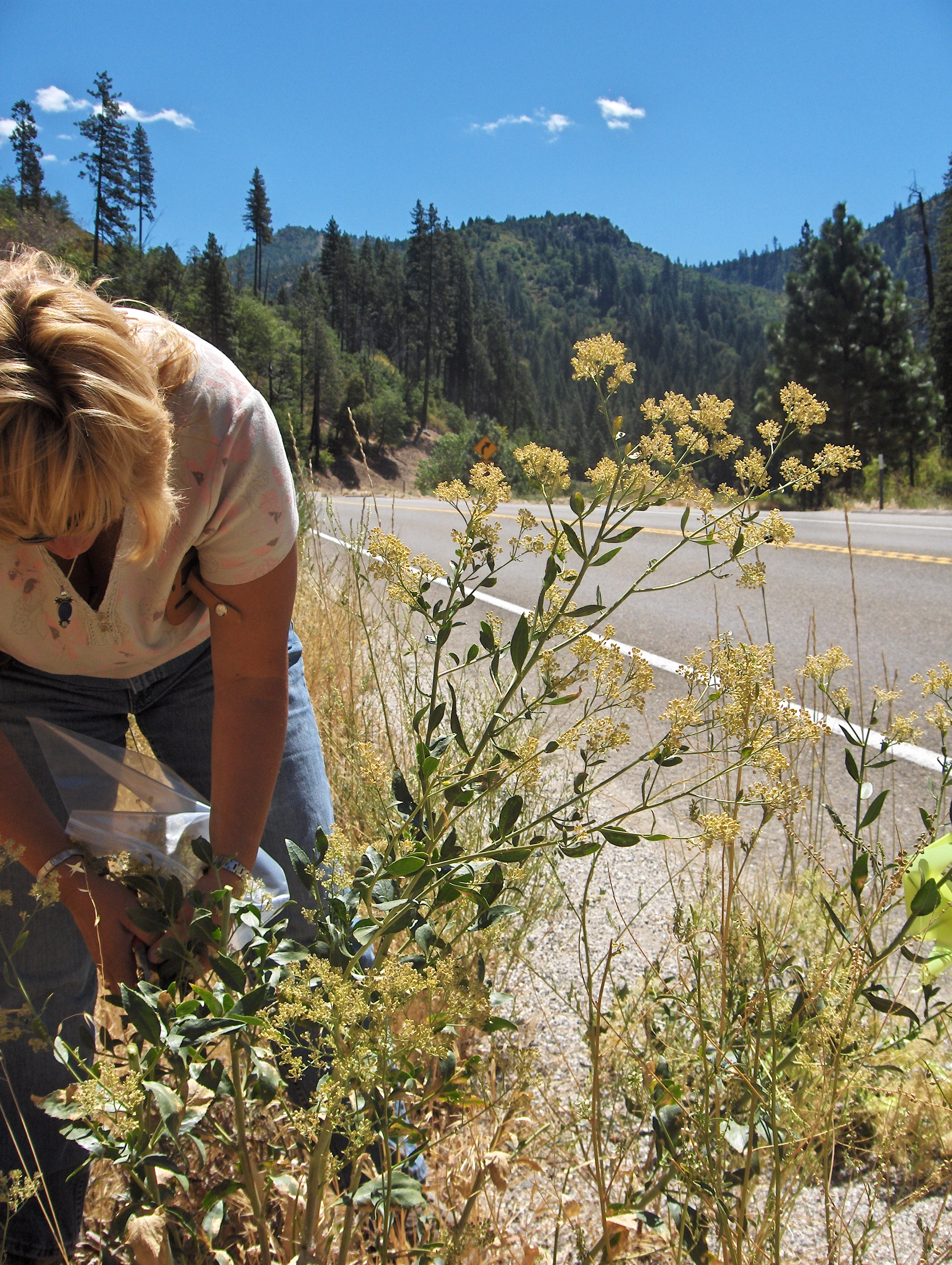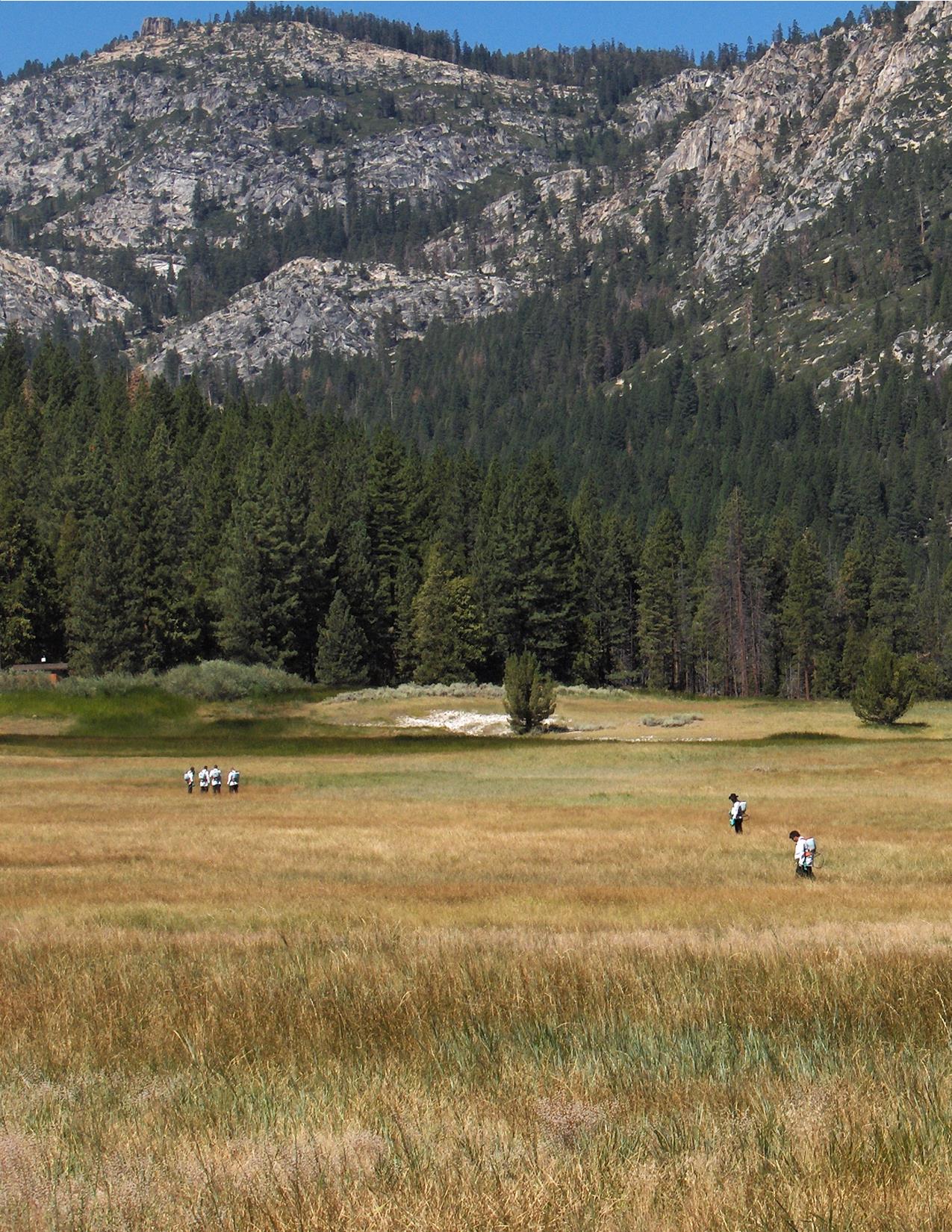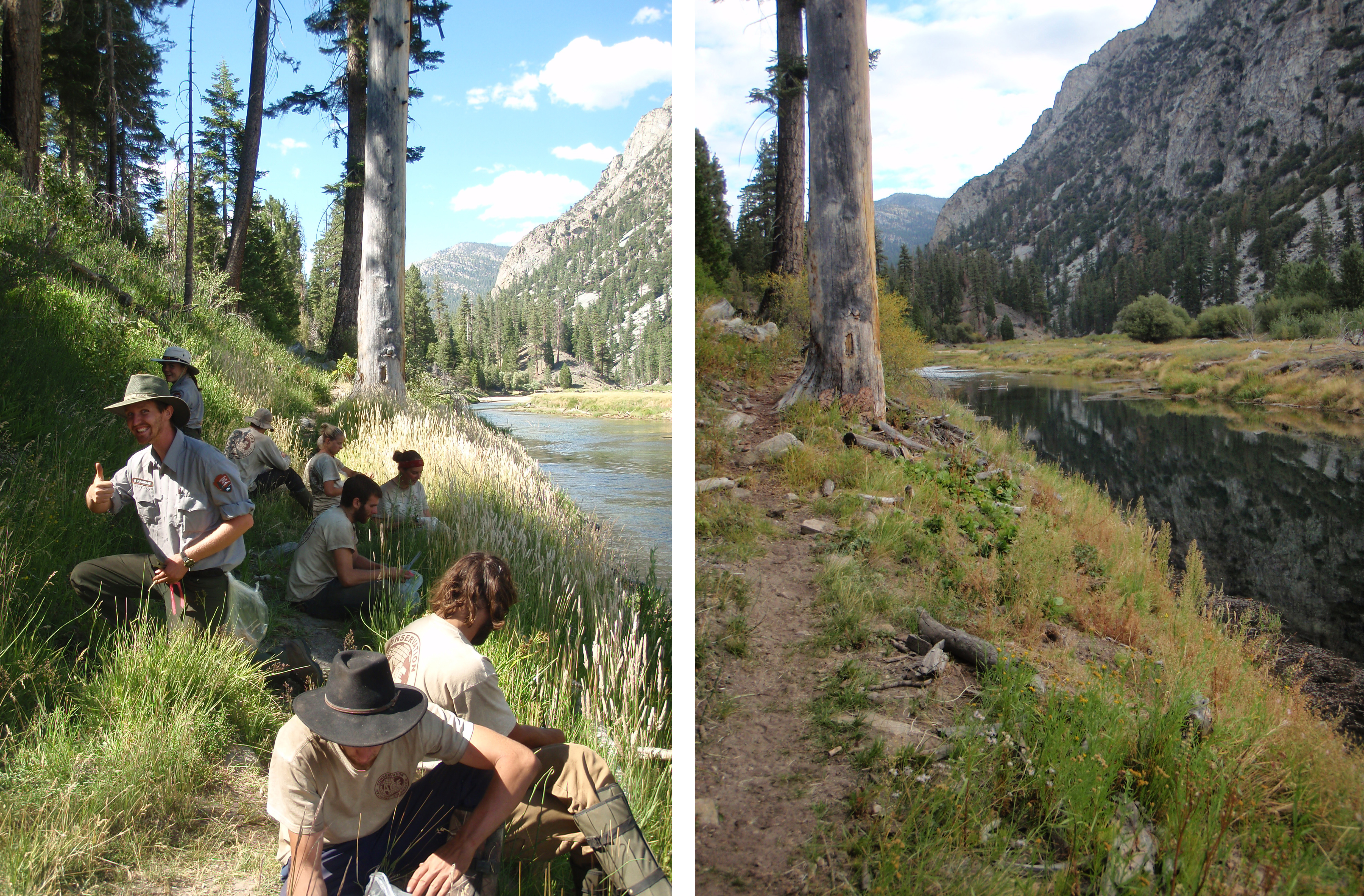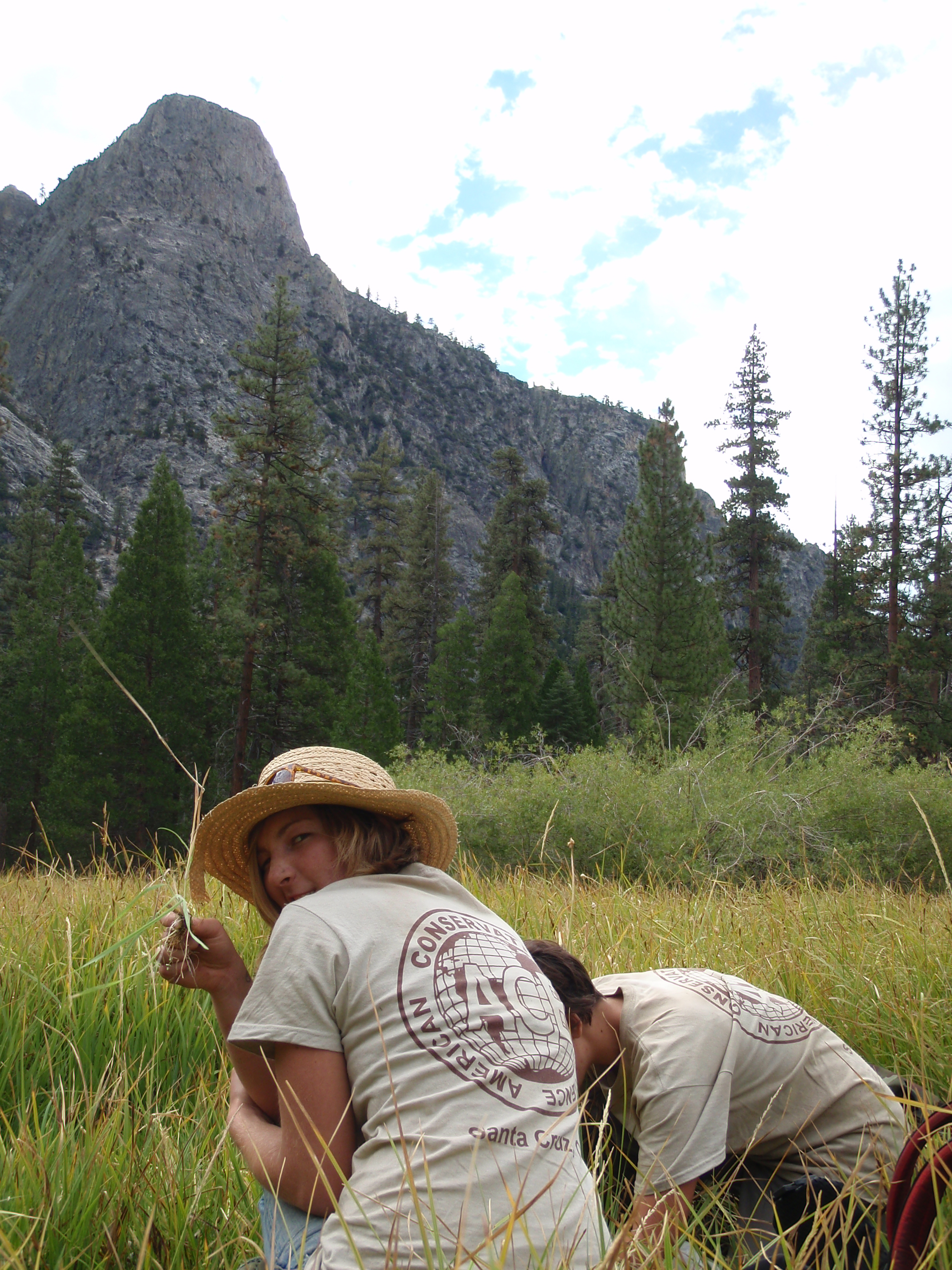Sierra Nevada Meadows Protection
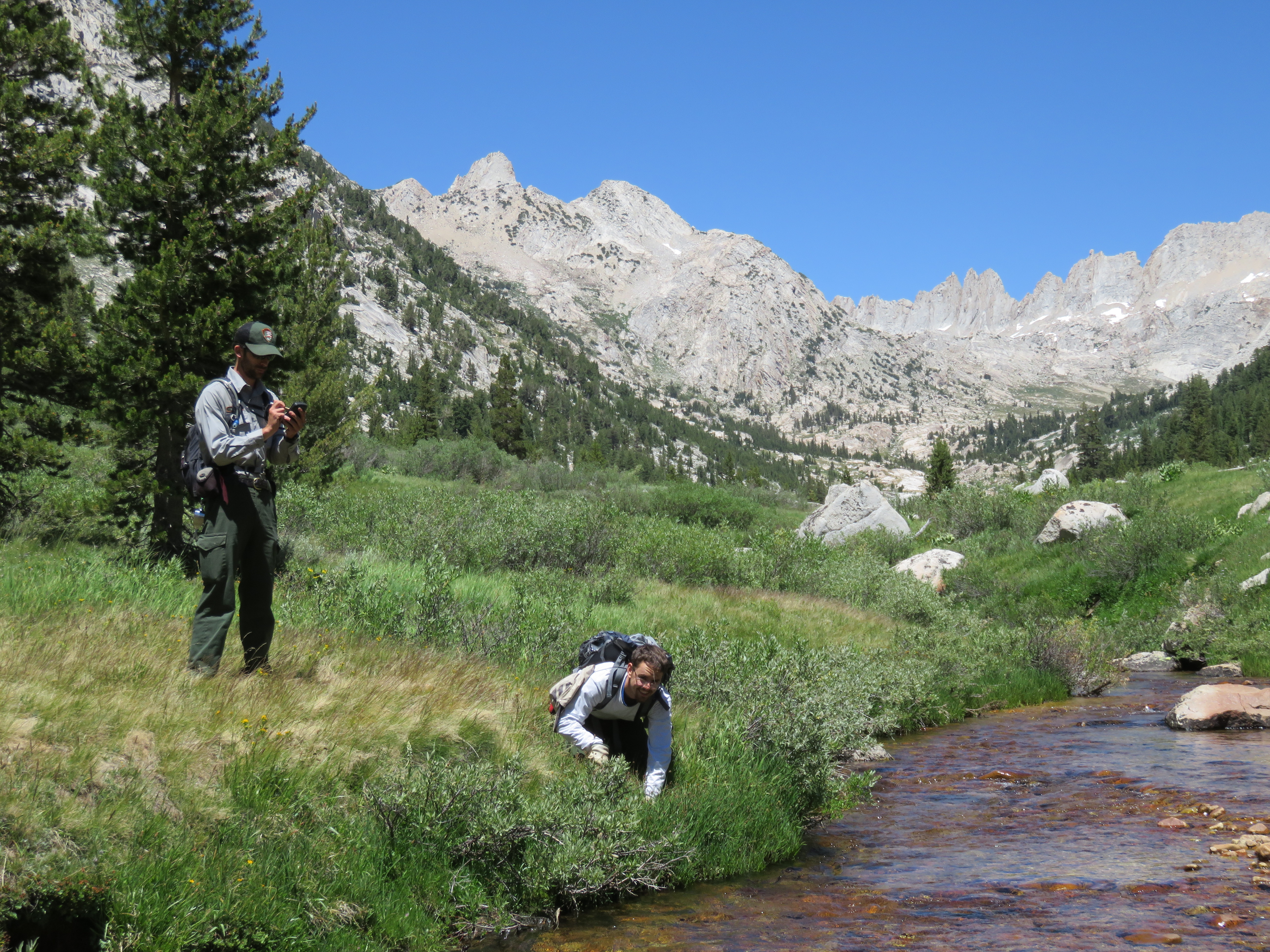
Sierra Nevada meadows are valued for their ecosystem functions, regulating water storage and flow, and providing important wildlife habitat. Invasive plants can significantly alter vegetation communities, degrade wildlife habitat, and potentially reduce water storage and carbon sequestration functions. Our project improves understanding of these impacts and strengthens capacity to effectively address the threat.
The primary activity of this project is characterizing the level of threat in Sierra meadows from invasive plants through development of a “vulnerability index” based on current infestations of invasive plants and projected future infestations. The index is based on the current locations of invasive plant species, known vectors of spread, modeling of future climatic suitability (for those species we have modeled), and habitat preferences. Local experts knowledgeable about meadows in their area are a key component of vulnerability index development. The vulnerability index provides a foundation for prioritizing management of invasive plants in or near meadows, and will also provide information on the utility and cost of the assessment process so that decisions can be made about proceeding with assessment of additional meadows.
Two secondary elements included in this project are to (1) develop research designs on the impacts of invasive plants on Sierra meadow hydrology, carbon storage, and wildlife habitat and (2) develop Best Management Practices for reducing the spread of weeds during meadow restoration to ensure that post-restoration benefits are not lost over time due to inadvertent weed spread.
Project Components:
Sierra Nevada Meadows Invasive Plant Vulnerability Index
Impacts of Invasive Plants on Sierra Meadows: Research Review and Recommendations for Future Study
Plants being managed
Start date
2015Location
Sierra Nevada mountain range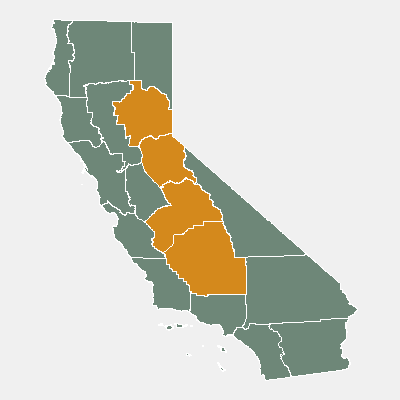
Resources protected
Native vegetation communities, wildlife habitat, and water storage and carbon sequestration functions.
Project goal
Design a system to prioritize Sierra meadows for invasive plant management; develop BMPs to prevent weed spread during meadow restoration; and develop research designs to better understand invasive plant impacts on Sierra meadows.
Project partners
- Cal-Trout
- Sierra Meadows Partnership
- Plumas National Forest
- Tahoe National Forest
- El Dorado National Forest
- Stanislaus National Forest
- Sierra National Forest
- Sequoia National Forest
- Sequoia-Kings Canyon National Park
- Yosemite National Park
- Department of Fish and Wildlife, Integrated Pest Management
- Placer County Department of Agriculture
- El Dorado and Alpine County Department of Agriculture
- Calaveras County Department of Agriculture
- Dr. Toni Lyn Morelli
Project photos
